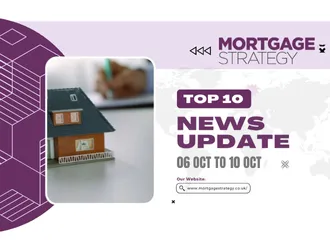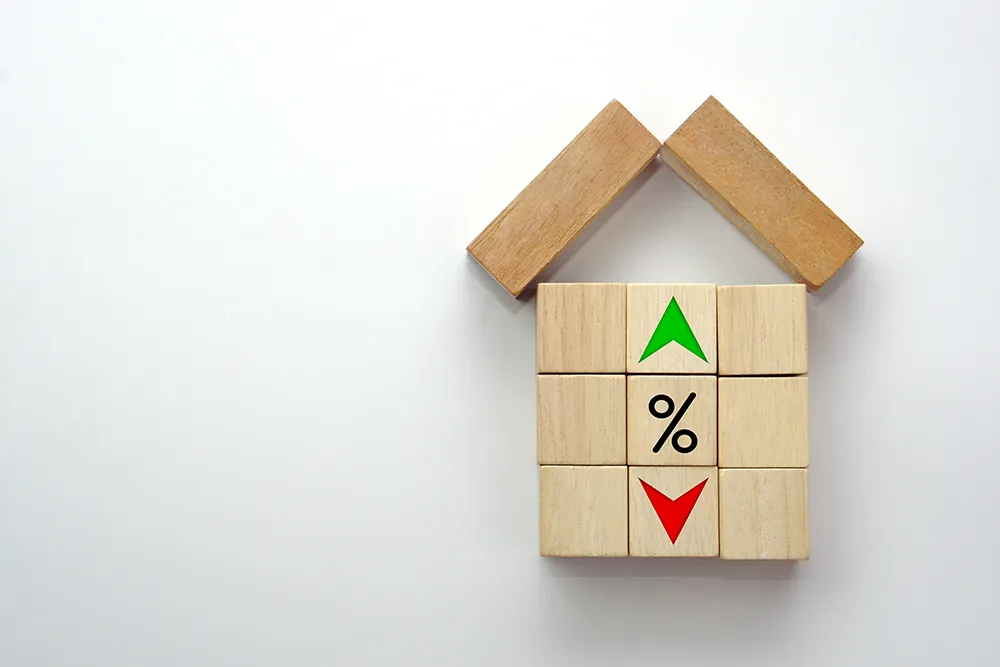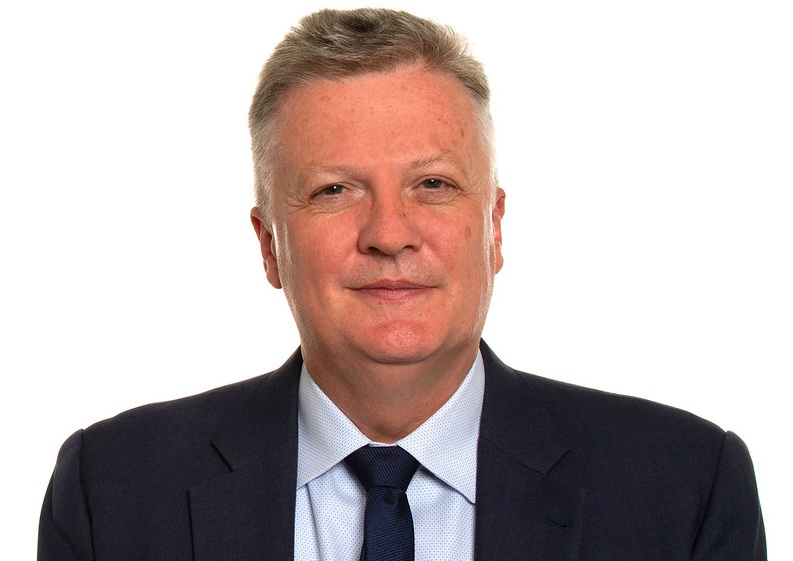
The total return of the average buy-to-let property has reduced by 6% over the last two years, driven by a sharp increase in mortgage costs and agency fees and a reduction in capital appreciation, despite rental income climbing by 19%.
This is according to the latest research by specialist lender Octane Capital, which analysed the cost of being a landlord, (looking at the initial investment required when investing in a buy-to-let), as well as the ongoing costs associated with such an investment versus the total return expected in the current market.
Octane then compared this current cost (2023/24) to the same data from two years ago (2021-22) to see how the sector has changed when it comes to buy-to-let profitability.
The research shows that the initial start-up costs associated with a buy-to-let investment have fallen by 17%, down from a total of £12,037 in 2021-22, to £9,952 today.
While tenant finding fees have increased by an estimated 19%, this decline has largely been driven by a reduction in stamp duty and the cost of tenancy deposit registration fees.
However, the analysis shows that the ongoing costs associated with maintaining a buy-to-let investment have increased, climbing by 18% over the last two years to a total of £15,592 per year.
This increase has predictably been driven by higher mortgage rates, with annual mortgage interest up 25% to £10,210 per year on average. Agency management fees are also up 19% annually, while the cost incurred as a result of void periods has climbed by 7%.
Despite an increase in costs, landlords have still enjoyed a boost to the total returns generated from their buy-to-let investment. In fact, the average rental income has increased by 19% over the last two years, now totalling £15,144 per year.
As a result, the average yield of a buy-to-let property investment also climbed from 4.9% to 5.8%.
Octane says it’s important to note that this has also been influenced by an uncharacteristically underperforming property market, with the capital appreciation seen on the average buy-to-let property falling by6% per year to £15,728.
The effect of all of the above is that the net return of a buy-to-let property investment sits at £15,280 on a yearly basis when weighing up the ongoing cost vs rental income and capital appreciation.
This sits 6% below the net return seen two years ago when the average landlord saw £16,285 per year in capital appreciation and rental income after accounting for the ongoing costs associated with a buy-to-let investment.
Octane Capital chief executive Jonathan Samuels commented: “The average landlord has benefited from a very healthy level of rental income growth in recent years and so while the level of capital appreciation seen on their property may have cooled, both aspects of their investment are still bringing healthy returns despite the instability of the current market landscape”.
He added: Of course, higher running costs, most notably as a result of higher mortgage rates, have dampened the overall net return they’ve seen. But it’s fair to say that this reduction in net profits has been fairly marginal considering the current economic landscape and the storm of property market uncertainty that we’ve weathered in recent months.”
Samuels said the government’s insistence on making tax digital would add a further cost to consider, although with an initial start up cost of £350 and an ongoing cost of around £110, he suggested this was unlikely to reduce the appetite for investment.
“And while the government is also looking to tempt more landlords away from the sector with their reduction in capital gains tax, our research shows that it remains a profitable endeavour, albeit slightly less so today versus a few years ago.”



